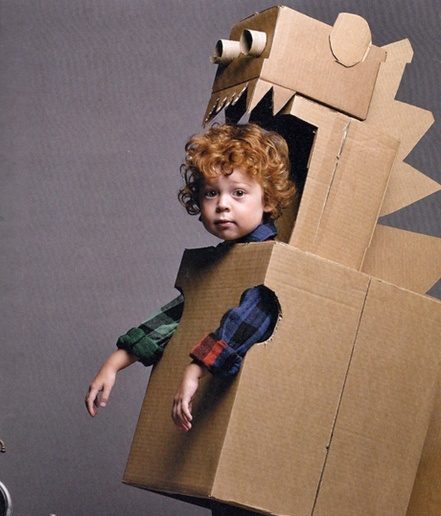Albert Einstein once said: “Everybody is a genius. But if you judge a fish by its ability to climb a tree, it will live its whole life believing that it is stupid.” Each child learns in a different way. If lessons are presented to your child in a way that does not suit their learning style, they will struggle to understand or remember new information. A visual learner will have trouble staying focused in a class where the teacher drones on and does not utilize teaching aids or visual stimuli to reinforce their lesson. If your child is struggling to learn, or you want to optimize their ability to learn, then finding their learning style will help you to present information in ways that make the most sense to them.
Visual Learners
Like the name suggests, these learners like to see the information they need to process. Charts, illustrations, mind maps, written notes, videos and presentations work best for this kind of learner. Making to-do lists that can be ticked off really helps them to stay focused and organized.
Tactile Learners
These are learners who like to move. They like to learn by touch and experience. Experiments, presentations, field trips and building models are the best way to get these learners to pay attention. Create activity-based learning for the tactile student who struggles to stay focused.
Auditory Learners
Listening is this learner’s strength. They like traditional lectures where the teacher talks and they are able to listen to new information. Taping lectures or reading texts aloud will help these learners to excel. Discussion is a fantastic way for them to assimilate new information, explain complex ideas or formulate opinions about different subjects.
Although teachers should present new information in a number of different ways to accommodate different learning styles, many teachers have too little time or too many students to do so successfully. Use homework and study time to find new ways to present information to your child. For example, if you need to teach your child the names of bones that make up the human skeleton, there are a number of different approaches to take for different learning styles. If your child is a visual leaner, get them to draw the skeleton and label each part or watch a video on the subject. Tactile learners need a model skeleton that they can label and assemble. Auditory learners will discuss the various skeleton components, read the names of the bones aloud and make up sentences, songs and word games with these names.
Once you have found the learning style that suits your child best, think of ways to help them improve their other learning skills. Incorporate different learning styles into their homework and study schedule. This will help them to excel, no matter which learning style their teacher favours. Using different teaching styles will help them to connect complex, abstract concepts and reinforce information. Ask a professional for help testing your child to ascertain learning style. For a quick test, try online sites such as ID Pride or VARK.

